How Do Polar Animals Survive The Cold?
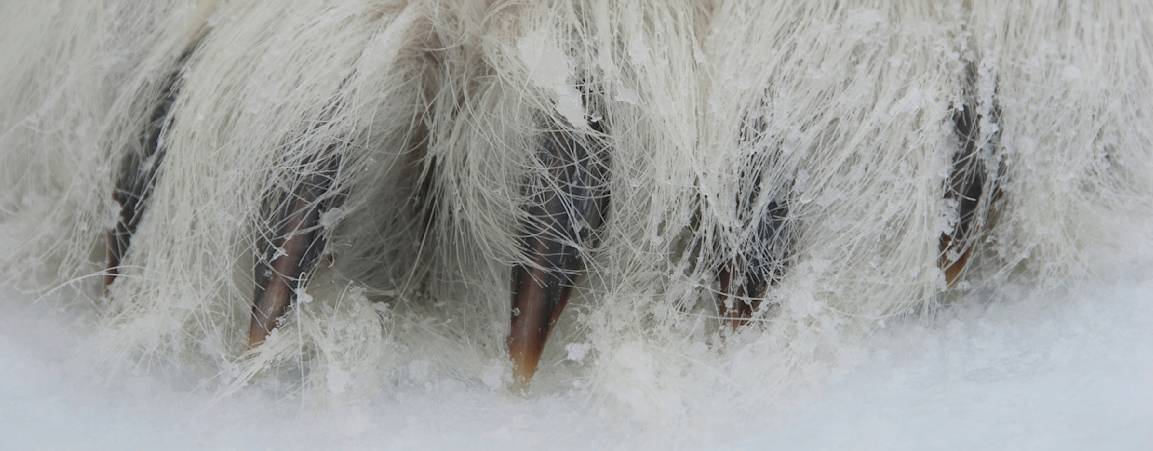
Adaptations & Characteristics
How do polar bears survive, and thrive, on the Arctic sea water ice? Follow Anuri to notice their secrets.
Wonderfully Adjusted
In the Chill, temperatures can plunge to -xl° or -46 C (-50 F) in wintertime and stay that mode for days or weeks. But polar bears are built for those conditions.
From fur to skin, to paws and claws, the sea bear's physique is designed to protect them from the common cold, chase seals, and dominate the Chill.
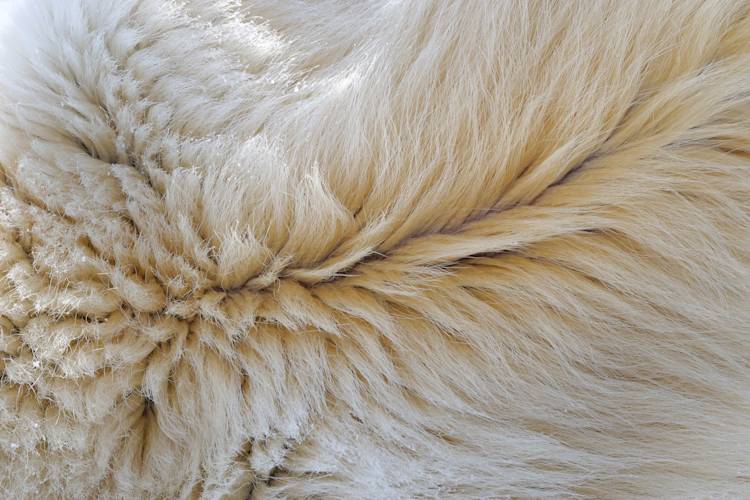
2 Layers of Fur
Polar bears take ii layers of fur that prevent almost all heat loss. In fact, the fur keeps them and then warm that adult males tin can quickly overheat when they run.
Surprisingly, their fur isn't actually white. It simply looks that way. Each pilus shaft is pigment-free and transparent with a hollow core that scatters and reflects visible lite.
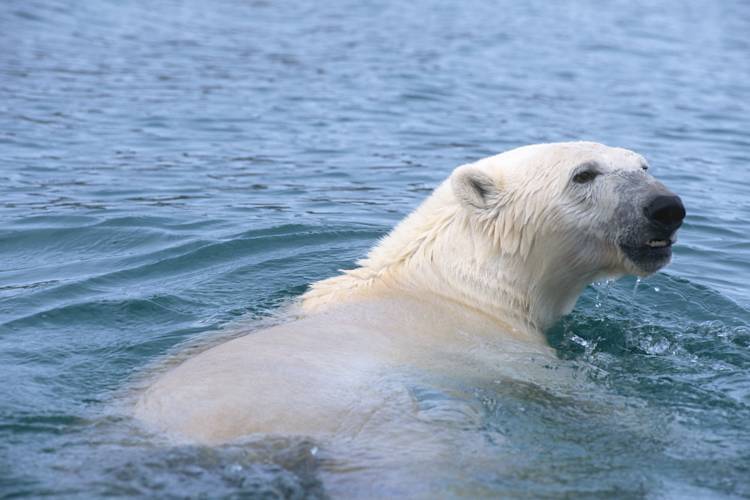
Thick Padding of Fat
In addition to 2 layers of fur, a thick layer of fatty helps keep the bears warm. A polar bear's trunk fatty can measure out upwards to eleven.4 cm (four.49 in).
In the water, polar bears rely more on their fat than their fur to keep out the cold; wet fur is a poor insulator. That'due south why female parent bears don't similar to swim with young cubs in the spring—the cubs don't take enough fat to stay warm.


Specialized Paws
Polar bear paws are ideal for getting effectually in the Arctic.
They're huge—every bit large as dinner plates—and measure up to xxx cm (11.81 in) across. This helps the bears walk on sparse ice without falling through.
The polar bear's super-paws are also designed for swimming. The forepaws act like large paddles and their hind paws serve every bit rudders.
Sideslip-Proof Treads
Black footpads on the bottom of each mitt are covered past small, soft bumps known aspapillae.
Papillae grip the ice and keep the bear from slipping. Tufts of fur betwixt their toes and footpads help with warmth, besides.
Powerful Claws
Thick, curved, precipitous, and strong—each measures more than five cm (1.97 in) long. Polar bears use their claws to catch and hold slippery seal prey and to gain traction on ice.

Ears & Tails
Polar bear ears are small and round, and their tails short and compact, to foreclose rut loss and conserve the virtually warmth possible.
Photo: Daniel J. Cox
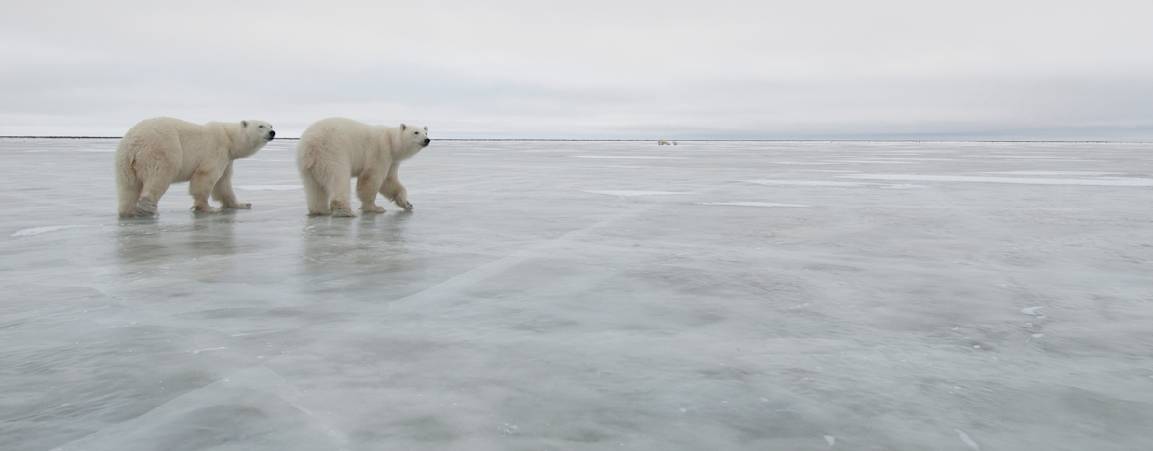
Size & Weight
Adult males commonly weigh 350- 600 kg (775-i,300 lb). Developed females are usually 150-290 kg (330-650 lb). But some can exist larger. Researchers in Canada estimated one male person deport at 800 kg (1,700 lb)!
Polar bears are as well tall. Scientists usually measure their height at the shoulder when on all fours. Those heights are typically 1-one.5 k (iii.3-5 ft) for adult polar bears. An adult male person may achieve over 3 m (10 ft) when standing on its hind legs.
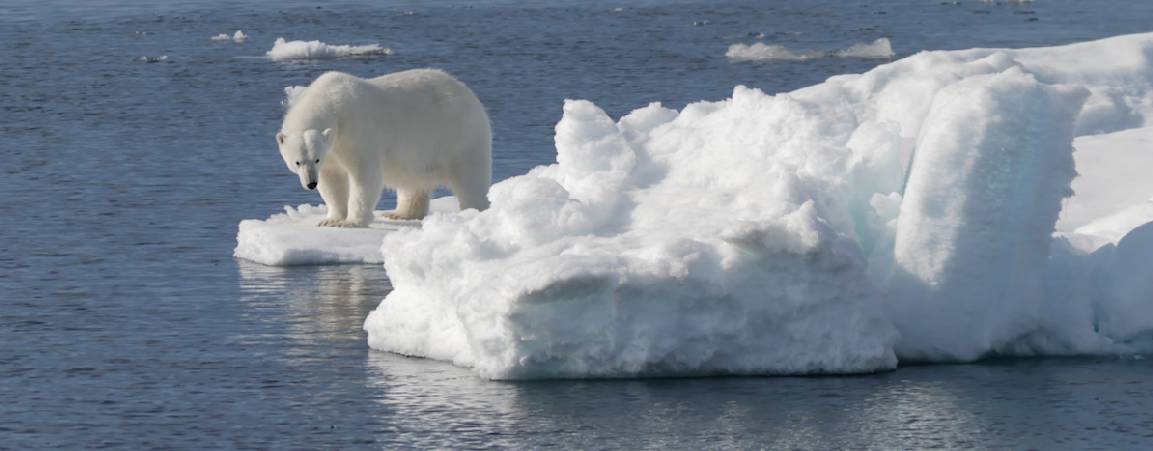
Feeling inspired?
Bring together u.s. in our efforts to encourage leaders to make a swift transition abroad from fossil fuels and to renewable energy sources, by spreading awareness about the existent and pressing threat of climate warming.
Source: https://polarbearsinternational.org/polar-bears-changing-arctic/polar-bear-facts/adaptions-characteristics/
Posted by: powellwereft.blogspot.com

0 Response to "How Do Polar Animals Survive The Cold?"
Post a Comment